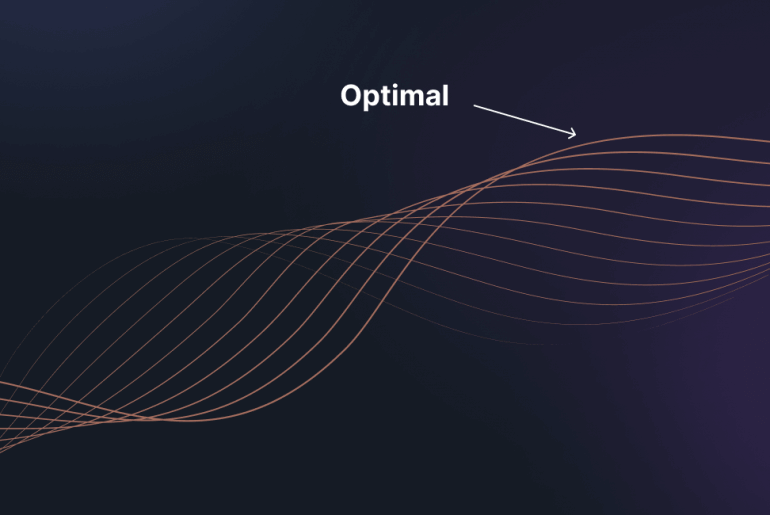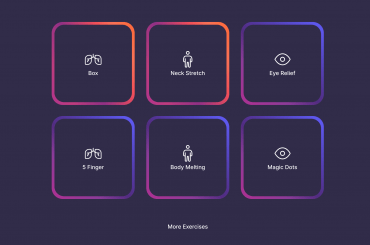We believe aiming for the optimal learning experience can create a positive future for education. This statement would seem self-evident. But given the practical challenges that come with running our system of education, we know it’s incredibly easy to lose sight of this. That aside—if you agree in principle: what makes something an optimal learning experience?
This is something we began asking ourselves last fall—and we got started by breaking the statement down and looking at its components.
As it turns out, there is already an established definition for the term optimal experience—flow, coined by psychologist Mihaly Csikszentmihalyi in the 1970s. Flow is a mental state of full immersion in activity in which a person’s skills and resources are balanced with the challenge in front of them. It occurs when your neurochemistry aligns all together towards making maximal progress.
Flow is not a once-in-a-lifetime experience—we’ve actually all felt it before. It is that feeling of being totally immersed in an activity; where time seems to disappear, and your brain is suddenly working at peak performance. It might even seem like you go into autopilot—something you often feel when playing video games—when in fact, it is a highly-active, open state of mind. It is worth noting that it is a deeply positive experience—described as the ideal embodiment of the pursuit of happiness.
Interestingly, most of us are not aware of the conditions that get us into flow. We are thinking, “I can tackle this!” but not “I’m going to get into flow now.” Yet Csikszentmihalyi wrote that this state of positive, controlled consciousness is something that we can make happen. This means that setting the conditions for flow is a skill that can be developed. We can develop an understanding of how to use what we already have—our amazing neurochemistry—in order to gain better control over when we feel positive, rather than leaving it to chance.
The benefits of finding flow—increased focus and motivation—are sought after already in the workplace, classrooms, etc. But even while the desire is there, we don’t typically associate flow with these more structured settings. In our modern culture, we have more likely experienced what feels like flow through sports, hobbies, and more and more often, video games and social media.
Games and the game-like experience of social media have become a shortcut to some of the benefits of flow. But it is becoming clear that their engagement-optimizing tactics have created problems in the way we process motivation through rewards. Instead of flow, we believe they create something closer to what could be called hyperfocus. And hyperfocus is much harder to restore neurochemical balance from than flow.
Given the pervasiveness of these game-like experiences, this imbalance is something you can connect to a wide array of societal challenges. This is something we’ll write more about in the future.
Flow, in comparison, is a more restorative experience. You can experience it with some regularity without deficit, and it can be directed at a wider range of activity than just precisely what you want at the moment. We believe learning how to make flow happen is a skill worth developing—one with an even greater impact on society than you might think upon first consideration.
So if flow is the optimal experience, then what is the optimal learning experience? To us that means, incorporating the goal of flow into structured learning environments.
Can it really be this simple?
Maybe it is conceptually simple, but practically speaking—it is anything but. As we all know, students struggle with distraction and finding focus. There are a huge range of goals that consume a teacher’s time and attention—aligning curriculum with standards and preparing students for standardized tests chief amongst them.
There is also the fact that flow can’t be easily measured. It is more about setting the conditions for your nervous system to respond to and letting it happen. This has tempted educators to break it down into smaller, more direct-able and measurable goals, like engagement or mindsets.
We feel it is particularly important to draw lessons from the engagement-optimizing tactics of games. When engagement is the target in teaching and learning—it is worth considering that this could end up creating or reinforcing the same problems. If we want students to find flow and not stay locked in neurochemical deficits that so much of modern life brings, we have to avoid shortcuts for them to build the right skills.
This is just a high-level consideration of this immense challenge. While it is neither easy nor simple, we still believe that the goal of creating an optimal learning experience is worth aiming for. It is a goal that can maximize student capabilities, make the experience of education more enjoyable and build valuable skills that positively impact society.
This is what a positive future sounds like to us.
Early in our journey to define this, we realized that we couldn’t possibly figure this out all by ourselves. This is why we are creating the Optimalist community. At the same time, we also recognized that this is a challenge that can’t be affected with just conversation. This is why we’re building the tool now known as focusable.
Our desire is to explore together what it takes to make it possible to bring flow to any kind of classroom. So take a deep breath and let’s flow onward!
Interested in beta testing focusable? Contact us here



